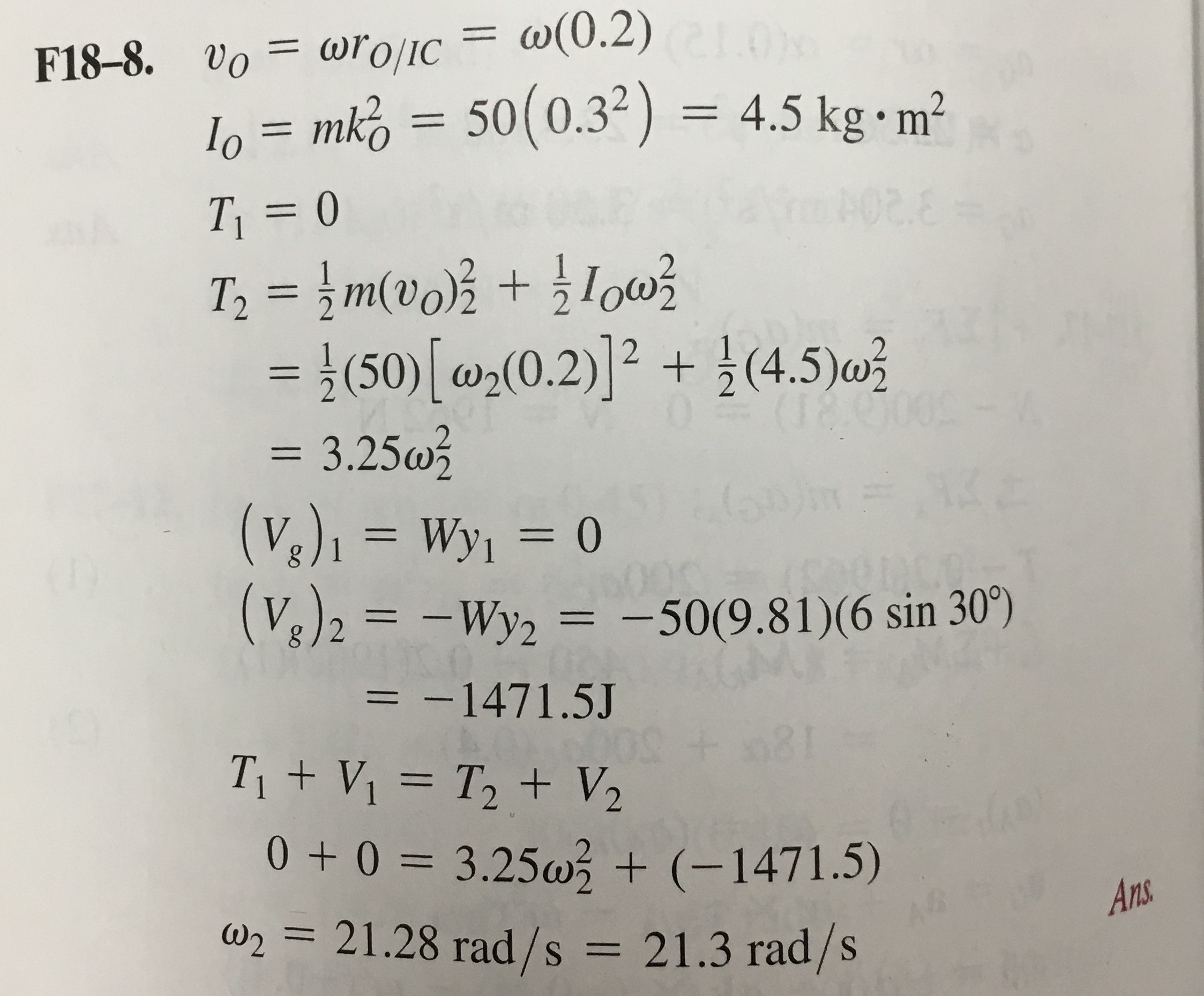Edit:
I seem to have misunderstood the question. The frictionless case here is not between the spool and string, but rather the spool and slope. There is static friction between the string and spool as pointed out by Armando. If we take this to mean that the string doesn't "slip" on the spool, then it doesn't change much and the equation the solution uses is correct (as far as I can tell).
If you can't see how the tension doesn't do any work, picture this. Imagine a motorcycle chain around a gear that is on a frictionless axle. You attach the motorcycle chain to a mass that falls a certain height. $X$ Newtons would be the weight of the mass and how then do you calculate the rotational kinetic energy of the gear ? You could equate the loss in gravitational potential energy to the gained rotational kinetic energy of the gear. Since the chain doesn't slip/rub against the gear, we have eliminated sources of sliding friction while maintaining an analog of the static friction. No work is lost in the tension because there is no sliding and no heat generation (static friction produces no heat). The chain doesn't move relative to the gear just like the rope doesn't move relative to the spool.
In the solution they are just using the conservation of energy principle, i.e.: $PE_1 + KE_1 = PE_2+ KE_2$ leaving out any work (smooth surface).
If I understand this sentence correctly, then I think my answer is accurate. No tension will be present if there is no friction. The friction is what "pulls" on the string. No friction = nothing pulling the string because the string would slide frictionless round and round the spool.
Short Answer:
If you neglect friction, the rope slides/unravels perfectly and has nothing to do with the spool moving.
Long Answer:
Alright, think of it this way: if the rope wasn't connected to the wall and instead lay on the slope, would it just flop there and unravel ? Or picture a roll of tape instead of a spool of string, does it become intuitive then that the less sticky the tape, the more easily the tape unravels ?
The key is picturing and understanding that nothing is stopping the string from unfurling except microscopic forces i.e., friction. Mainly friction between the string unravelling and string wound up and friction between string and spool surface. If the spool was perfectly smooth and the string was also perfectly smooth, you would feel no tension if you held the string and let the spool go, because there is nothing "attaching" the string to the spool.
In my home country, we have a toy/game called "gasing" which translates to "top" or "spinning top". In this game, manipulating this friction is key to perfecting your skills in producing an awesome spinning top. You could powder the string, add wax, wind it tight, etc. The key is friction.





